Most consumers skip over the technical specifications of loudspeakers they might be interested in and only focus on the sound quality and industrial design. Do consumers even know what the impedance of a loudspeaker means? Let’s take a much deeper dive into that topic which should influence the type of amplifier that you consider to drive your new loudspeakers.
Some oversimplifications suggest that impedance = resistance and in a direct current circuits that is true, but since audio signals are alternating current we can’t assume resistance equals impedance in audio equipment.
There are two major components to impedance in alternating current circuits; resistance and reactance.
Resistance is the opposition to the flow of current and is a fixed value defined by Voltage and current as defined by Ohm’s law:

Current in Amperes = I
Voltage in Volts = V
Resistance in ohms = R
So resistance is easily calculated with a simple multimeter by finding the voltage and current of a circuit and dividing the voltage by the current. This is one reason some texts decide to over-simplify things, because resistance is easy to understand and calculate and accounts for 90 to 95% of impedance in some circuits. By discounting reactance they can avoid the more involved discussion and still produce a value that is within a couple percentage points of being accurate.
But never having been one to accept “close enough,” lets add reactance to the mix and discuss why it is harder to calculate. Reactance is a component within a circuit’s ability to store and release energy as the current and voltage fluctuate. Depending on how it stores and releases energy, the reactance can add to the overall resistance or subtract from it. To make matters worse, the amount added or subtracted will vary with the frequency and amplitude of the current.
Reactance can be further split into two parts; capacitance and inductance. Components that store and release energy as an electrical field are called capacitive elements and they are subtracted from resistance while components that store and release energy as magnetic fields are called inductive elements and these are added to resistance when calculating impedance.
So now we have: Impedance = Resistance + Inductive Reactance – Capacitive Reactance, but even this formula is an over-simplification because the reactance is dependent on the frequency of the current flowing through the circuit which varies as the signal changes.
Add to that the many parallel paths often found in complex electrical circuits and impedance gets even more difficult to measure. You’ll see the additional term susceptance used to define calculated reactances in parallel circuits.
This is a good stopping point for us though as now we understand that while resistance is purely the opposition to the flow of current, impedance can be thought of as all the things that have an impact on how current flows through a system.
So Why Does Impedance Matter?
Impedance matters because, when talking about audio, the circuit includes our amplifier and our headphone or speakers and often these components are designed and built by different teams at different companies. Since the circuit isn’t complete until we as consumers build our systems, we become part of the design team and have to do some of the work.
Using a load (speaker or headphone) that is a much higher impedance than an amplifier expects will result in inefficient performance as the amplifier simply won’t be able to put out as much power as it is rated for. In most cases, the result is still a working system but one with less potency than expected.
The bigger problem is pairing a low impedance load with an amplifier that isn’t designed for it. If an amplifier is rated at 8 ohms, the speakers should always be rated at that same value or higher. Using a 4 ohms speaker with an 8 ohms rated amplifier demands more current than the amplifier was designed to produce and will at very least cause higher heat production, and shorter component life. In some circumstance, this can damage both the amplifier and loudspeaker.
Headphones can be equally troublesome as they vary with impedances of less than 8 ohms all the way up to models that are over 600 ohms (beyerdynamic DT 990).
To understand why, we have to go back to the 1960s. At that time, headphones were almost always paired to a home stereo that was designed to power speakers and had a headphone tap that essentially diverted the speaker output to the headphone.
As one can easily imagine, it doesn’t take nearly as much current to power a headphone compared to large inefficient loudspeakers of that era so the resistance was increased to 600 ohms to lower the amount of current to the headphone and give the listener a more usable volume control.
20 years later, the world was introduced to portable audio in the form of the Sony Walkman and Discman; incredible technology that paved the way for everything that has come since in the form of smartphones and DAPs.
Headphones were now being paired with battery operated cassette players and CD players, and engineers had to worry about efficiency.
To get the best battery life, headphones were designed with impedances of 16 ohms and 32 ohms and amplifier circuits were designed to power those easier to drive headphones that shipped with the Walkman and all of the competing products.
Purists would argue that home systems with high impedance headphones sounded better while kids everywhere loved being able to listen to music on headphones without disturbing anyone.
Today, we see a mix of headphones on the market with many now designed to work with smartphones, tablets and other battery operated sources and others designed for Dongle DACs and dedicated desktop headphone amplifiers.
Pairing a low impedance headphone with an amplifier designed for high-impedance models can cause the same problems mentioned above with speakers. Most manufacturers now implement protection circuits to keep from destroying the amplifier, but it isn’t universal, and even if it doesn’t destroy the amplifier it often leaves less usable volume control, which results in higher distortion and degraded sound quality.
Pairing a high impedance headphone to a low powered source often creates a situation where the source is unable to properly drive the headphones and music can sound rather dynamically constrained in certain passages.
The bottom line is that impedance matters with both loudspeakers and headphones and it makes sense to check the impedance of any product that you are considering before matching it with an amplifier.
Related Reading


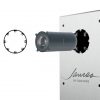



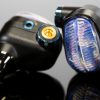






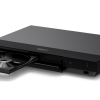













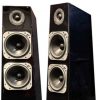


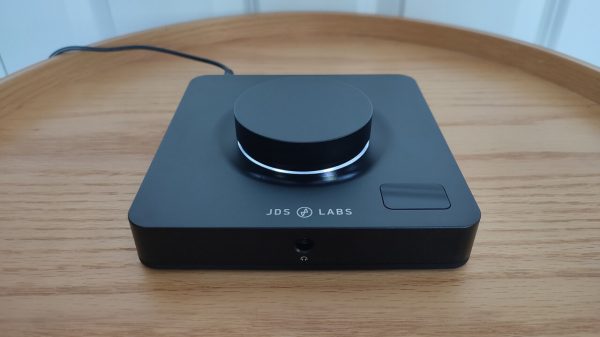

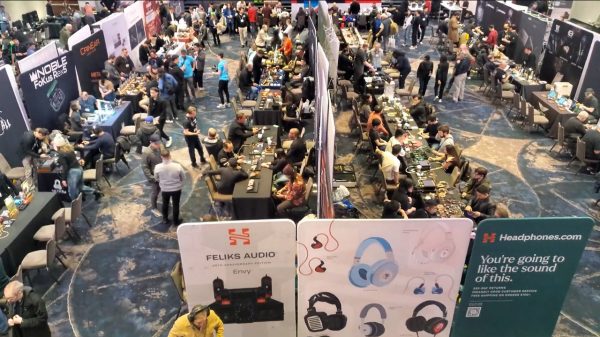


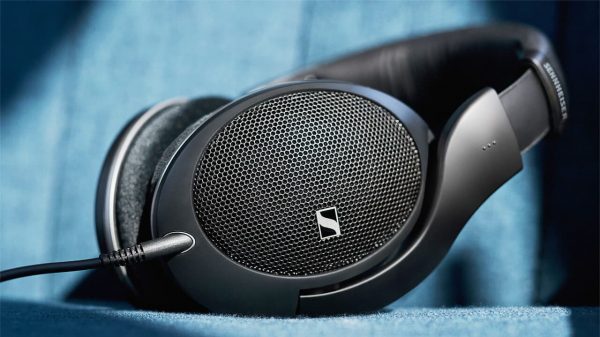

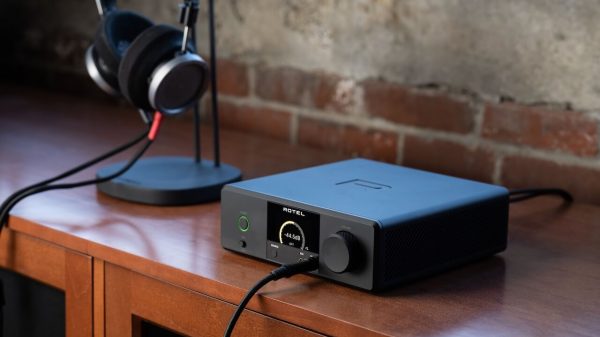
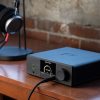












ORT
November 29, 2022 at 11:15 pm
“Impedance is futile”
“Sigh”…Some one had to say it!
ORT